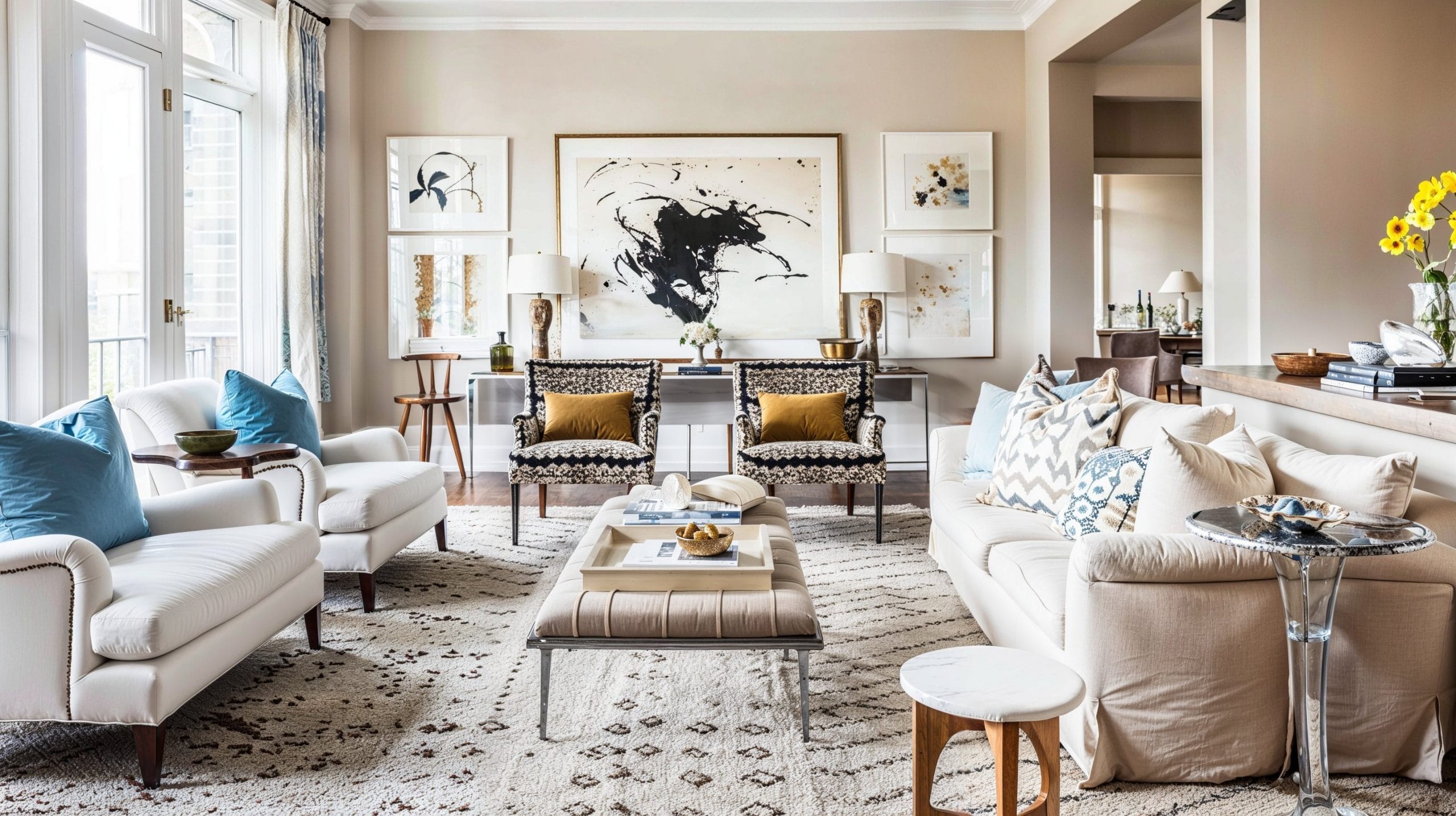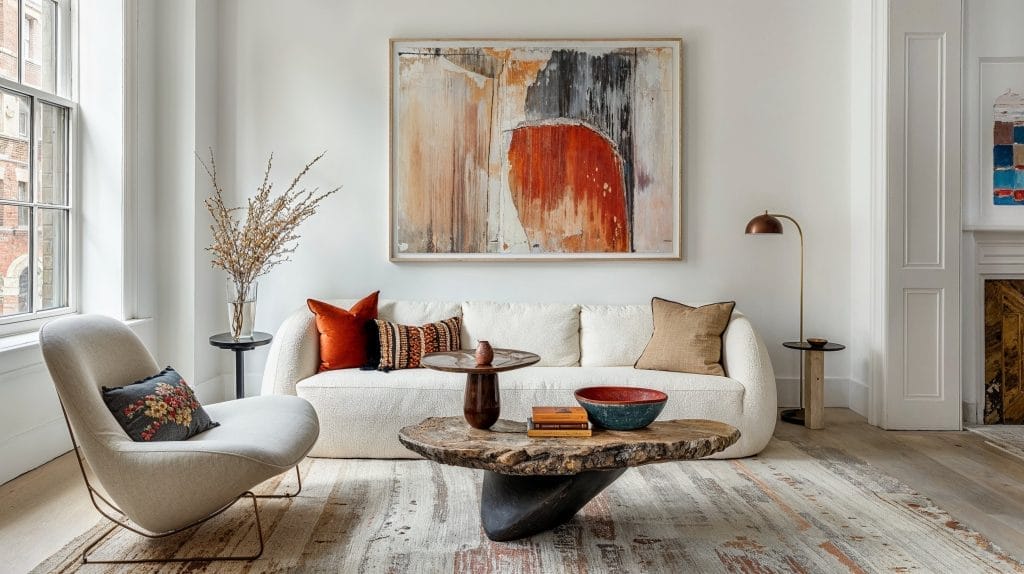Upgrade your space with expert miami interior design tailored to your style and needs.
Change Your Home With Important Principles of Interior Design and Looks
By recognizing the impact of shade theory and the significance of appearance and patterns, one can develop areas that are not only visually enticing however likewise deeply personal. Achieving this stability includes more than mere decoration; it incorporates a strategic arrangement and an eager understanding of exactly how each component connects within an area.
Comprehending Color Theory
Understanding the concepts of shade theory permits developers to develop rooms that reverberate mentally with residents while satisfying functional requirements. Each classification plays an important function in developing harmony within an area.
The mental impact of colors is extensive; cozy tones such as reds and oranges stimulate energy and warmth, while trendy tones like blues and eco-friendlies promote peace and tranquility. Furthermore, making use of complementary colors enhances aesthetic rate of interest, creating striking contrasts that can raise a space's appeal.
Neutral shades, on the other hand, serve as a versatile backdrop, permitting various other style elements to radiate. It is necessary to consider elements such as lights and the space's purpose when choosing a color combination, as these can change the assumption of colors throughout the day.
Eventually, a well-considered color design can transform an area, fostering a sense of comfort and style that straightens with the residents' preferences. Mastery of shade concept is, as a result, a crucial ability for any type of indoor designer aiming to create harmonious and welcoming environments.
Accomplishing Equilibrium in Layout
Exactly how can developers achieve a feeling of stability in their spaces? Achieving equilibrium in design is essential to creating unified insides. Designers can use 3 key kinds of balance: balanced, asymmetrical, and radial. Symmetrical balance includes arranging components uniformly around a central point, promoting a sense of order and harmony. This type commonly features sets of furnishings or art work, enhancing aesthetic stability.
Unbalanced equilibrium, on the other hand, counts on differing components that still achieve a cohesive appearance. This technique enables even more vibrant and casual plans, providing interest while maintaining stability. By thoroughly choosing varying sizes, colors, and textures, developers can create an aesthetically engaging area that really feels balanced yet energised.
Radial balance emphasizes a central centerpiece with elements emitting exterior. This design is frequently seen in circular formats, where furnishings and decor produce a cohesive border that attracts the eye internal.
Ultimately, attaining balance requires thoughtful factor to consider of scale, percentage, and the relationships in between components. interior design firms. By skillfully using these equilibrium concepts, developers can change spaces right into atmospheres that feel both cosmetically pleasing and functionally harmonious, improving the total experience for passengers
Value of Spatial Awareness

An eager feeling of spatial recognition permits designers to identify prime focus within a room, guiding the customer's focus to key attributes while preserving an overall sense of unity. It also aids in the strategic positioning of illumination, which can drastically affect the understanding of room and state of mind. Furthermore, recognizing spatial connections allows the developer to cater to the specific needs of inhabitants, making certain that each area offers its designated function without endangering looks.
Eventually, spatial awareness is essential for optimizing the capacity of any indoor area. By carefully taking into consideration the interaction between measurements, layout, and feature, developers can develop atmospheres that not only meet practical demands but additionally evoke a feeling of comfort and beauty, improving the overall living experience.
Including Appearance and Patterns
Accepting a varied variety of textures and patterns can dramatically enhance the aesthetic and responsive over at this website charm of an indoor area. The strategic use numerous materials-- such as timber, metal, material, and rock-- creates deepness and interest, making a space really feel much more welcoming and vibrant. For example, incorporating smooth surfaces with rough appearances can establish a balance that attracts the eye and engages the senses.
When incorporating patterns, think about both range and repetition. Big patterns can function as focal factors, while smaller, subtle styles can enhance various other elements without overwhelming the room. Layering patterns, such as pairing floral pillows with candy striped tosses, adds complexity and a sense of consistency if carried out attentively.
It is additionally crucial to maintain a natural shade combination, making sure that structures and patterns interact instead of complete for click for info focus. By choosing a few essential textures and patterns, you can develop a linked aesthetic that shows your personal design while improving the general ambiance of the area. Inevitably, the cautious incorporation of these elements can change a mundane space right into an advanced atmosphere abundant with personality and warmth.
Personalizing Your Room
Producing a space that mirrors your character is important to achieving a genuinely inviting setting. Customization in interior layout enables you to instill your special style and rate of interests right into your home, transforming it from a mere sanctuary into a shelter that speaks to that you are. Begin by selecting a shade palette that reverberates with your emotions-- vibrant shades can invigorate, while soft tones use serenity.
Include artwork and style that reflect your interests, whether it be travel, nature, or abstract ideas. Displaying individual collections, such as publications, photos, or keepsakes, can evoke valued memories and create centerpieces within an area. Furthermore, take into consideration customizing practical items, like upholstered furniture, to straighten with your aesthetic preferences.

Verdict
Finally, the improvement of a home via the essential concepts of indoor design and looks necessitates an extensive understanding of color concept, balance, spatial awareness, structure, and personalization. Each element adds substantially to developing an unified and functional living environment - miami interior design. By thoughtfully integrating these principles, individuals can enhance the visual appeal and emotional resonance of their spaces, eventually promoting a home that shows special identifications while supplying convenience and functionality